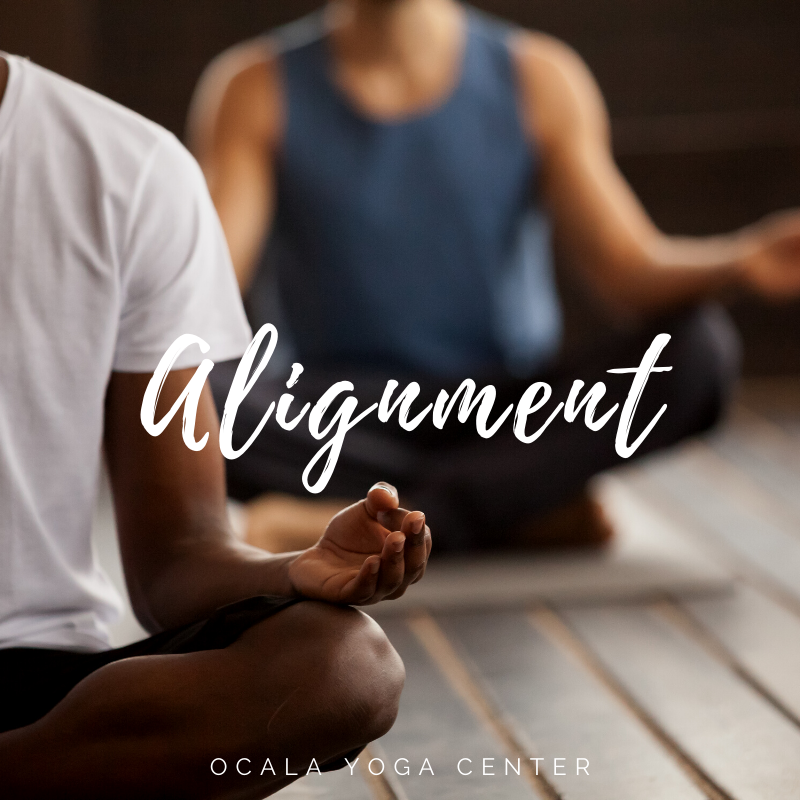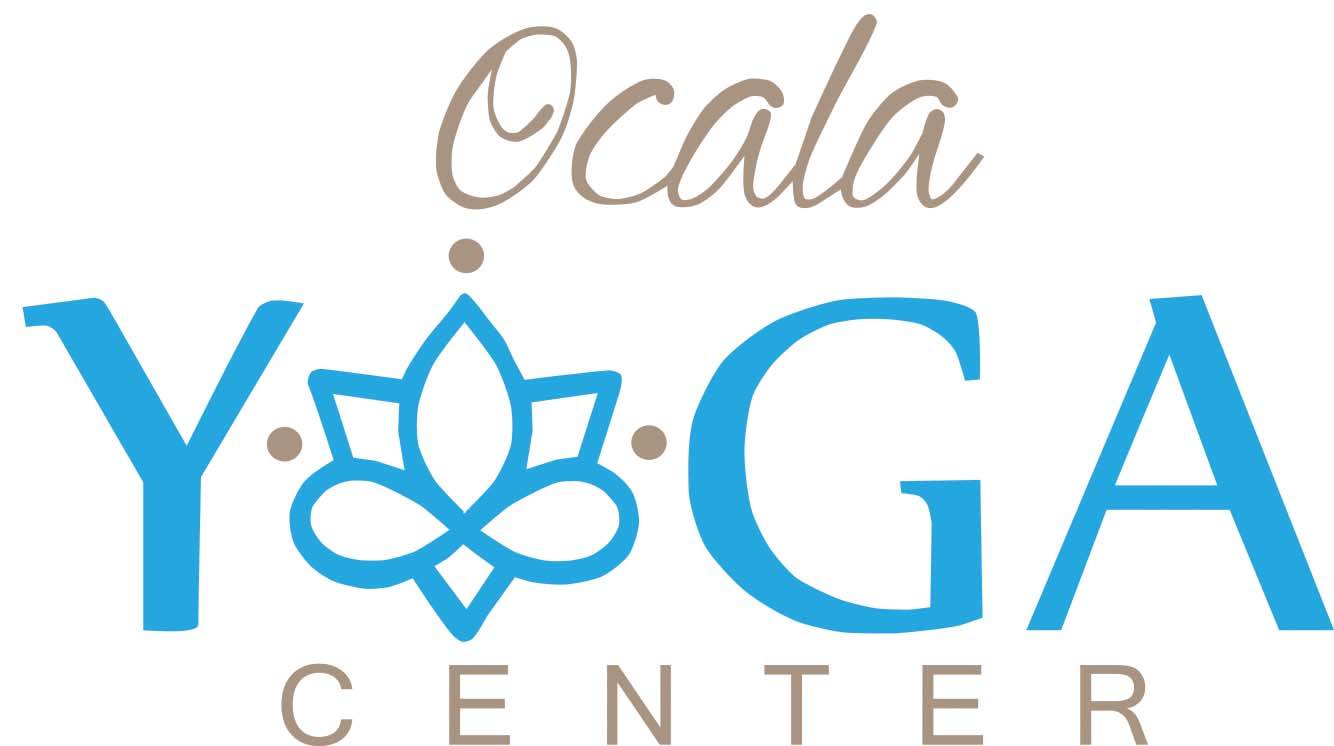The Magic of Alignment: Strength, Flexibility, and Wellness in Yoga
Hello there, OYC Yogis, and welcome to June!
To start your summer off right, let’s take a deep dive into the world of physical alignment in yoga postures. Those of you who have been to one of my classes know the importance I place in proper postural alignment! You might have an understanding of the basics, but comprehending the finer details of alignment can profoundly enhance your practice. It’s more than just striking a pose; it’s about creating a sustainable, health-promoting practice that supports your body’s unique needs. Here’s why getting physically aligned on the mat is so crucial.
Building Strength and Flexibility
Proper alignment in yoga postures is the foundation of building both strength and flexibility. Think about it: When we’re new to yoga or have fallen into bad habits, we tend to rely on our larger muscles to power through poses. This might get us into the pose, but it also means our smaller muscles are hiding out, not doing their fair share of the work. This compensation leads to misalignment and can prevent us from fully benefiting from the practice.
When our bodies are correctly aligned, we engage smaller stabilizing muscles that often go unnoticed. These muscles provide essential support, allowing our larger muscles to stretch and strengthen more effectively. For example:
-
Warrior II (Virabhadrasana II): When aligned correctly, your front knee is directly above your ankle, your front hip is drawing towards the midline and your back leg is straight with the outer edge of the foot pressing firmly into the mat. This alignment engages your inner thighs and glutes, building strength while allowing the hip flexors to stretch.
-
Tree Pose (Vrksasana): Proper alignment means your standing foot is grounded, your hips are level, and your spine is lengthened. This engages the small muscles around your ankles and knees, promoting balance and flexibility in your legs and core.
When we ignore alignment and rely too heavily on our larger muscles, we risk creating imbalances that can lead to overuse injuries. Correct alignment ensures that every muscle group is participating in the pose, distributing effort evenly and safely.
Enhancing Energy Flow
An asana practice is not just a physical one; it’s also about the flow of energy within our bodies. According to yoga philosophy, we have 72,000 nadis, or energy channels, that run throughout our bodies. Proper alignment helps keep these channels open and free of blockages, allowing prana (life energy) to flow freely.
-
Downward-Facing Dog (Adho Mukha Svanasana): When your hands are shoulder-width apart and your feet are hip-width apart, with your hips lifted high and your spine lengthened, you create a pathway for energy to move from your hands through your spine to your feet. This alignment helps clear energetic blockages and promotes overall vitality.
-
Cobra Pose (Bhujangasana): By aligning your hands behind your shoulders and lifting your chest without over-engaging your upper trapezius muscles and compressing your lower back, you open the heart center, facilitating the flow of prana through the heart and lungs.
When we are misaligned, these energy channels can become blocked, leading to what’s known as granthis, or energy knots. These blockages can manifest as physical ailments, mental unrest, or emotional imbalance. By practicing alignment, we actively work to remove these blocks, promoting holistic wellness.
Preventing Injuries
One of the most significant benefits of proper alignment is injury prevention. Misalignment can put undue stress on joints, ligaments, and tendons, leading to injuries over time. For instance:
-
Forward Fold (Uttanasana): If you round your spine and lock your knees, you risk straining your lower back and hamstrings. However, with proper alignment—hinging at the hips, keeping a slight bend in the knees, and lengthening the spine—you protect your back and promote a safe stretch for your hamstrings.
-
Chaturanga Dandasana: Dropping your hips too low or letting your shoulders dip below your elbows can strain your shoulders and lower back. Maintaining a plank-like alignment with elbows drawn towards your ribs ensures that your shoulders, core, and legs share the load evenly.
Focusing on alignment helps create muscle memory and body awareness, guiding you to practice safely and sustainably.
Cultivating Mindfulness and Presence
Alignment isn’t just about the physical body; it’s also about cultivating a deep sense of mindfulness and presence. When we pay attention to how we position our bodies in each pose, we’re practicing mindfulness. This heightened awareness can extend beyond the mat, helping us stay present and intentional in our daily lives.
-
Mountain Pose (Tadasana): Standing tall with your feet grounded, spine elongated, and shoulders relaxed encourages a mindful state. This alignment practice teaches us to be aware of our posture and breath, fostering a deeper connection between body and mind.
Proper alignment encourages us to move with purpose and attention, creating a meditative flow that enhances our mental clarity and emotional balance.
Embrace the Journey of Alignment!
Embracing alignment in your yoga practice is a journey, not a destination. It requires patience, awareness, and a willingness to listen to your body. Each time you step onto your mat, you have an opportunity to refine your alignment, deepen your practice, and unlock new levels of strength, flexibility, and wellness.
So, the next time you practice, pay a little extra attention to your alignment. Notice how it transforms your experience on the mat, and carry that mindful awareness into your life. If you’re eager to learn more, join us for class at the studio with one of our talented instructors; so often we’re not even aware of the more subtle misalignments until someone is there to support us in our practice! Let’s explore this transformative journey together!
Jai Bhagwan,
Kristine

